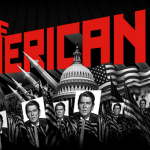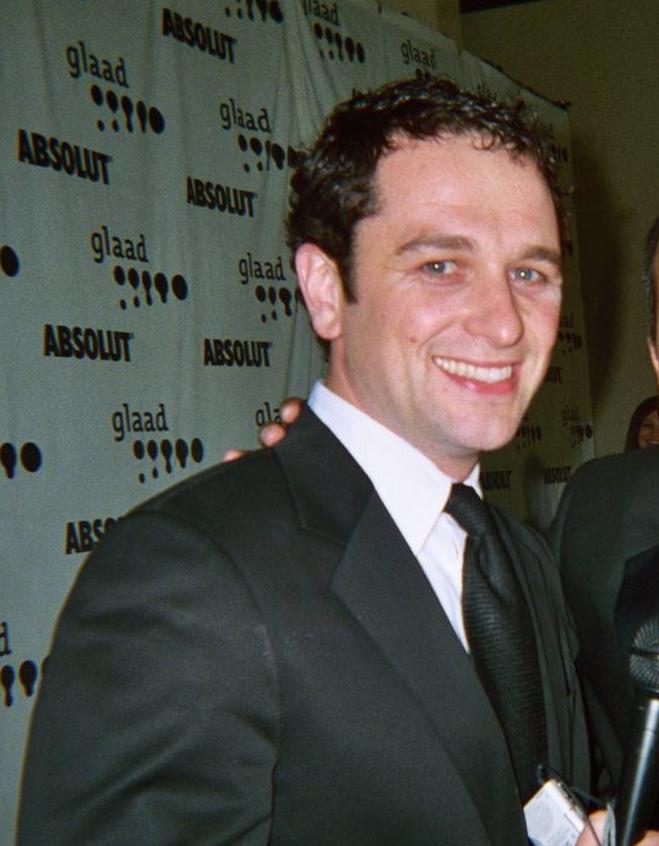
Antiheroes have ever more become the ones to watch on television series, and are especially relevant this fall. Like Tony Soprano and the goody evil Walter White. After a decade and a half that bully Tony appeared and six years after Walter came on the scene. There’s no estrogen-fueled protagonist that would extensively measured an equal of the testosterone-driven bad boys.
Here are the lists of present and past protagonists:
*Alicia Florrick (CBS’ “The Good Wife)
* Tea Leoni’s Elizabeth McCord in “Madam Secretary.”
* D.C. crisis manager Olivia Pope (ABC’s “Scandal)
* Defense attorney Annalise Keating (ABC’s “How to Get Away With Murder)
* Elizabeth McCord (CBS’ “Madam Secretary”)
* Charleston Tucker (NBC’s upcoming “State of Affairs”)
Anna Gunn as Detective Ellie Miller in “Gracepoint.”
In Showtime’s “Weeds” (2005-12), Nacy Botwin the widowed suburban mother, was supporting her family through marijuana industry some years before White turned from high school chemistry teacher to methamphetamine manufacturer in “Breaking Bad” (2008-13). But Botwin was not nearly as compound, compelling or brutal as White.
Closest examples
TV historian Robert Thompson credits that female characters who get the closest to Tony and Walter are in the two cable shows — “Homeland” and FX’s “The Americans. He quote, “I think we’re moving in that direction and I suppose we could predict that we are going to at some point get one of these powerful female antiheroes,”.
Carrie ( ) on ” Homeland” is a bipolar woman that stopped taking medication and is now stationed as chief in Afghanistan. She’s pretty sad, cold and detached and is lacking maternal instincts.
“The Americans.” Keri Russell, A KGB spy in the Reagan era. Elizabeth is posing as an average American in suburban Washington, D.C. She and her KGB-spy husband have a network of spies and informants under their control. She sometimes uses sex to take out information to killing people.
By comparison, Thompson says, that when it comes to leading men, male antiheroes are no longer even groundbreaking roles on TV, but “the orthodox thing to do now. They are everywhere. 30 years ago, Thompson said that there were some “great female antiheroes” on TV, although just in the night-time soap genre.
“When the male antihero first started emerging in the late ’70s, network television almost immediately came up with female versions of it — especially with Alexis Carrington in ‘Dynasty,’ and Jane Wyman’s character in ‘Falcon Crest,’ ” Thompson says. “Both ‘Dynasty’ and ‘Falcon Crest’ were ripping off the J.R. Ewing [character from ‘Dallas’], because he was so popular.”
In 1999, he says, “when the new phase of the antihero really hits it big with ‘Sopranos,’ we didn’t immediately get female versions of that. So, for all of the [freedom of] cable … in an odd sort of way, we are being much more tentative this time around than we were back in the late ’70s and early ’80s.”
It’s likely that television producers know something we may not. Viewers might be turned off by female antiheroes as complex, complicated and cruel as bad guys like Tony Soprano and Walter White. The old rules perhaps still hold true.








